Navigating the choice paradox on e-learning platforms
A recent survey involving 1500 public officials in the United States revealed that 95% of them preferred blended or online learning models over in-person learning. This is a trend that is also being reflected in India, given that it is the second-largest e-learning hub after the United States. This increasing demand, especially over the past year and a half amid a pandemic, has resulted in a surge of online courses.
The online learning space in India is forecasted to reach approximately US$ 18 billion (~INR 1.3 lakh crores). If we visit any popular online learning platform today, searching for a generic keyword such as ‘Data Analytics’ or ‘Coding’ will return hundreds of search results. But with too many options also comes the paradox of choice. Any learner will need to take the effort to sort and filter through all the content available, to find a course that suits their learning needs. And here’s where the challenge lies. How many of us can actually articulate our learning needs?
For instance, Sama Mehta, who works as a junior data scientist, is interested in progressing to the next step in her career and decides to take a specialised course in data analytics. When she logs on to a popular online learning platform, she finds 10 relevant courses - to pick the best one, she would need to understand which level she needs to pursue, given that she already has a preliminary understanding of the subject.
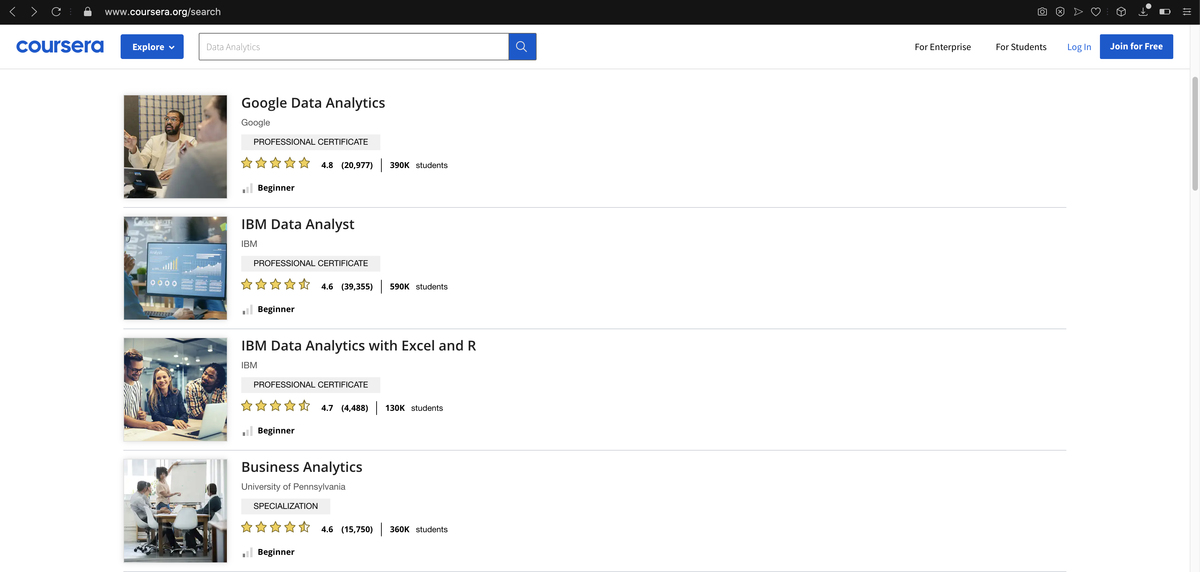
Different content providers have a different approach to categorising the course content with its relevance to the learner. While some explicitly mention the targeted learner for their course others do not provide any clear indication of the same. Most providers also classify their course using indicators such as beginner, intermediate or advanced. For example, EdX, an American open learning platform that hosts university-level courses, has its courses grouped under three levels - Introductory, Intermediate and Advanced. For learners signing up for a course, important indicators other than course relevance include the total fees, the university or institution providing the course, and the kind of certification is provided. But a lack of uniformity in categorisation makes it difficult and time-consuming for them to make the right choice.
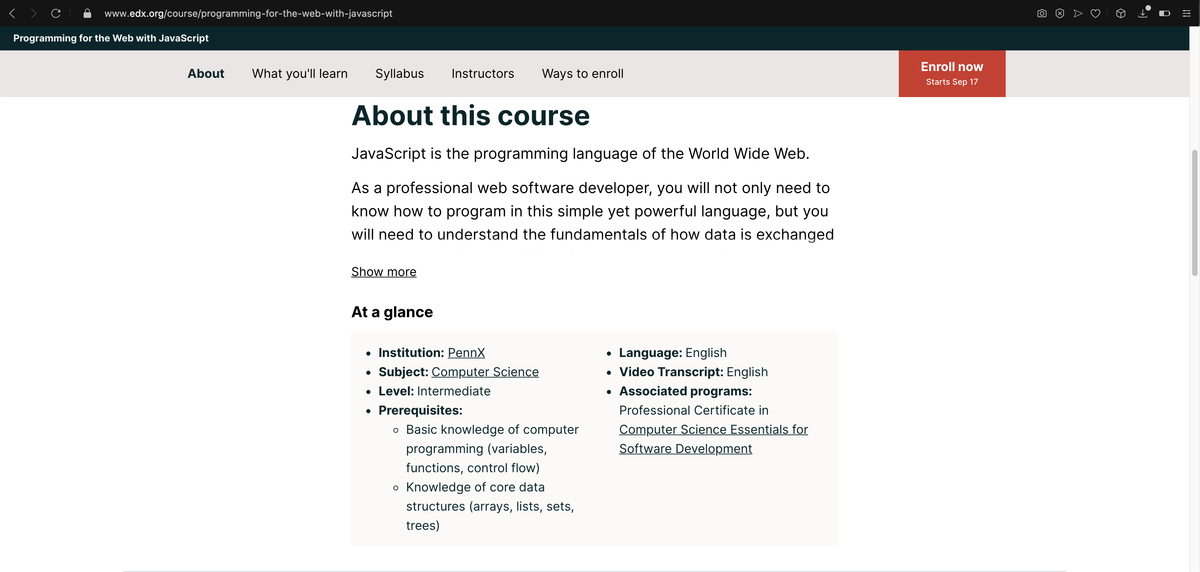
A new learning path
The iGOT Karmayogi platform chiefly addresses this categorisation challenge by enabling learners to view the most relevant content easily. Each course on the platform is tagged to at least one competency and its respective proficiency level. The learner can simply use the filters provided to identify the courses that cater to a specific competency and the proficiency level he/she aims to attain. Envisaged as a competency-driven solutioning space, iGOT Karmayogi will also help government officials enhance their execution capabilities through its six hubs - Competency, Learning, Career, Discussions, Events and Networking.
For instance, the Learning hub facilitates competency building by providing access to suitable courses, assessments and learning recommendations in the form of competency building products (CBPs). The Competency hub has all the necessary information pertaining to the competencies of the individual at every position in the government, in addition to the data around the actual proficiency level required for each competency. The difference between the two is what makes up a competency gap of an individual at a given position. iGOT Karmayogi leverages technology - using an artificial intelligence and machine learning-driven engine that analyses the needs and gaps of the learners - to recommend CBPs that will close their competency gaps.
Functionality of the platform
But how will this work?
In the initial stage of iGOT Karmayogi, identification of the right content will be paramount to the success of the platform and to leave a lasting impact on the early adopters of the platform. The platform in its full operation capacity will be host to a plethora of CBPs and learning resources from across the globe. The iGOT marketplace will have a wide variety of content providers belonging to universities, government training institutes and learning portals, multilateral institutions, private learning platform portals, and by private individuals and retired government officials. In the next three years, the platform is expected to host dynamic and highly customised content catering to the needs of 20 million public officials in India, with an aim to bring about a transformational change in the civil services ecosystem.
Here’s a quick look at the process of curating content for iGOT Karmayogi, via the traditional route:
- Identifying the competency label for the course needed.
- Identifying the potential proficiency level required for the same competency.
- Researching on the web to find content related to the competency.
- Populating the list of all the related courses along with other information such as course objective, cost, rigour, eligibility criteria, language, etc.
- Studying the various parameters listed in the previous step to conclude the most suited courses for public officials.
Leveraging technology to save time
Curating content for the iGOT platform by following this traditional process would be time-consuming, taking a minimum of 30-45 mins to find relevant courses related to a competency. To solve this and account for more efficiency in the whole process, a technology-driven platform called the Course Repository Tool was developed. This tool uses AI/ML technology to tag a huge repository of pre-filled courses, creating a large bank of CBPs. This tool removes the need of searching for courses on multiple platforms and websites and creates a list of the most relevant CBPs for competency within seconds. A learner would then only have to pick the most suitable course from the list.
By training the underlying algorithms with the Course Repository Tool, we can significantly reduce human intervention, thereby making the process of picking learning resources a less intensive exercise for learners.
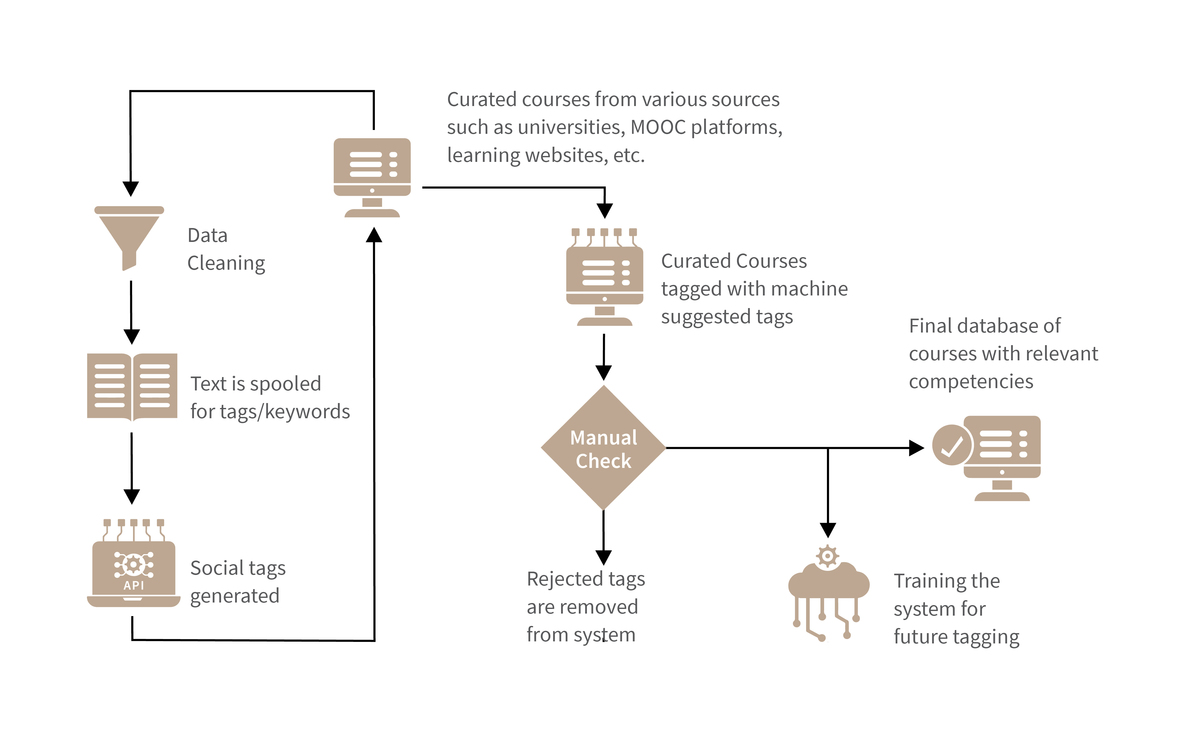

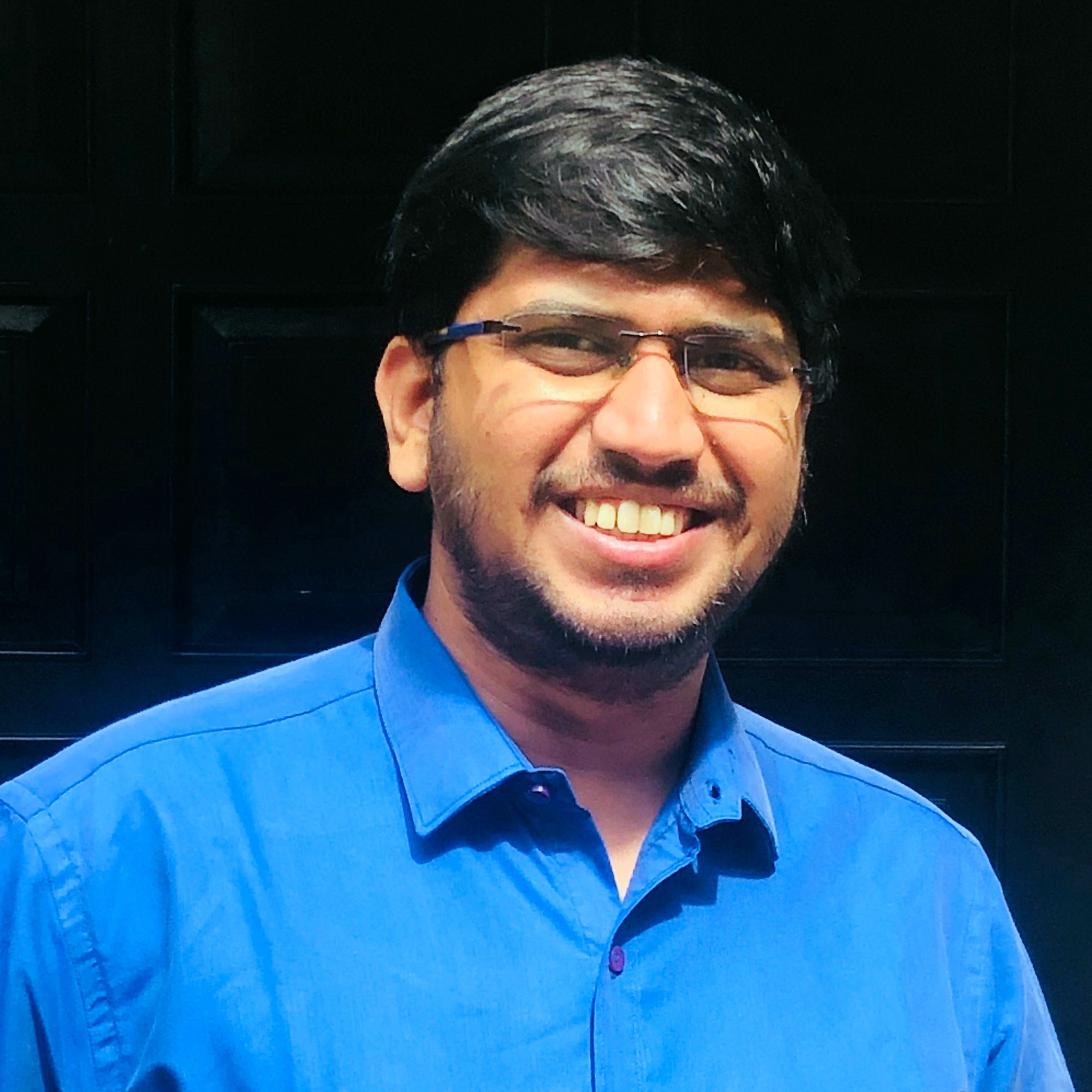
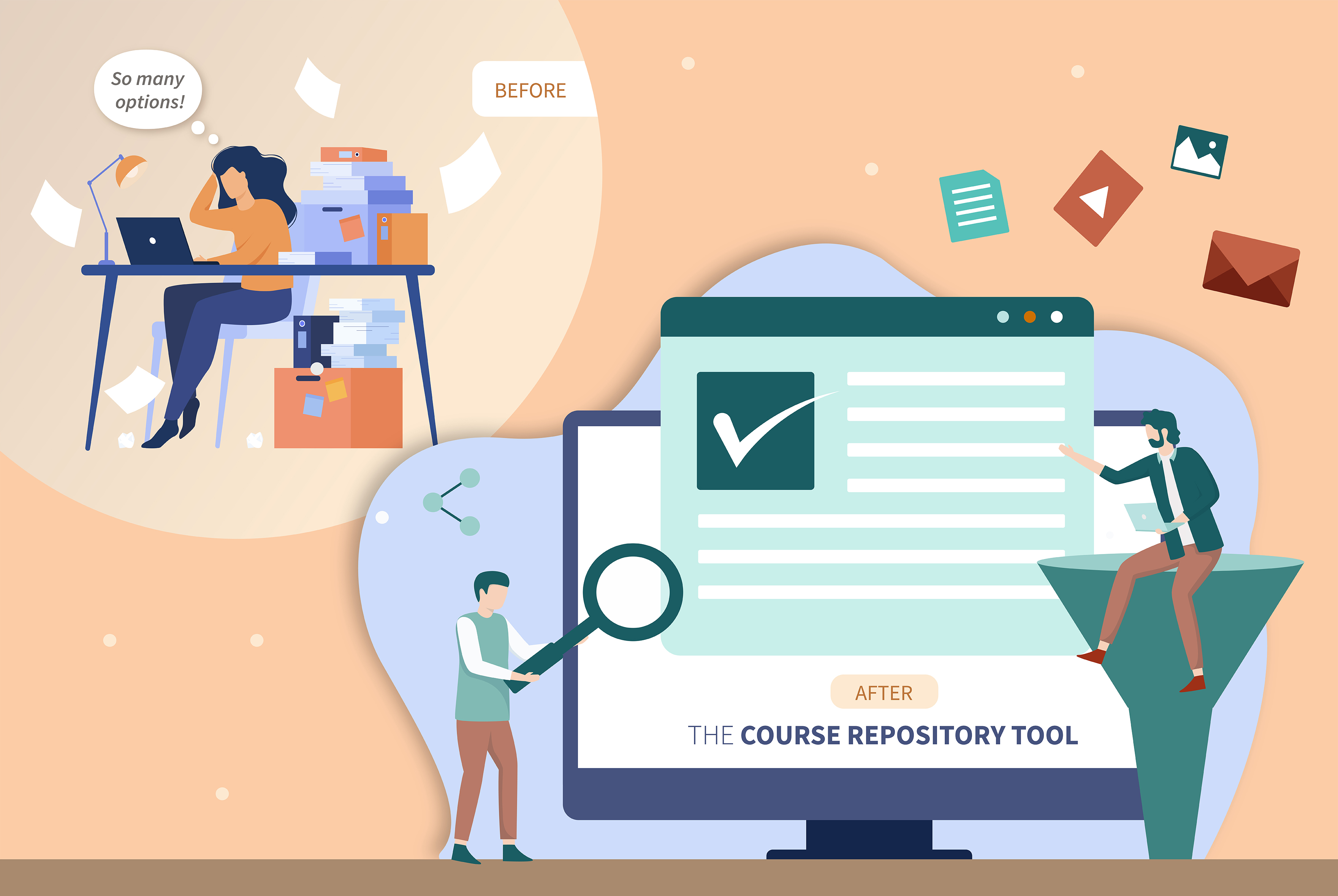
Add new comment